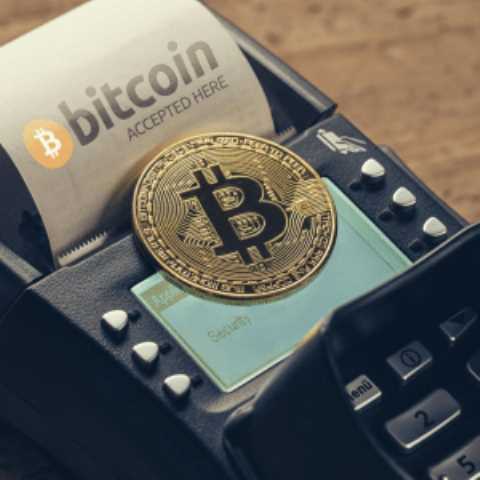
The debate over whether Bitcoin halvings affect the cryptocurrency’s price, or whether they’re already “priced in,” continues to rage. That means transaction fees currently make up as little as 14% of a miner’s revenue—but in 2140, that’ll shoot up to 100%. This fee is much higher than the a little over 7 bitcoin, worth a little more than $450,000 were earned in total fees for successful validation of the blocks that immediately came before the halving block. The reason for this spike is unclear, but perhaps it was people willing to pay higher fees to get their transactions among the 3,050 included in the halving block.

What is the Bitcoin Halving? What it Means For BTC!
After each halving, Bitcoin miners receive half as much Bitcoin for their services. This makes mining more competitive and encourages miners to source cheaper sources of fuel to power their operations. The term “halving” as it relates to Bitcoin concerns how many tokens are rewarded—the amount is cut in half. This acts to simulate diminishing returns while increasing scarcity, which is intended to raise demand. There are several reasons why Bitcoin halvings are considered by many to be good for bitcoin’s ecosystem and market value. Bitcoin’s market sentiment appeared to be mostly positive, supported by on-chain data and exchange signals.
What Happened At This Halving?
Even with more moderate growth, such as a 300% rise, the cryptocurrency could approach the $200,000 mark within this period. For instance, after the 2013 halving, Bitcoin surged over 9,500%, reaching its peak 406 days later. The 2017 cycle saw a 4,100% increase, with a peak occurring 511 days post-halving. As Bitcoin matures as an asset, the analyst highlights that it is “only logical” that BTC’s price action will witness drastic changes when compared to previous cycles. Throughout Bitcoin’s 15-year history, a strategy of buying the dip has usually paid off for investors. This might be the last time to buy Bitcoin at such a discounted price.
Does bitcoin halving increase BTC’s price?

However, during times of high demand, the block turnaround speeds up and the halving draws closer. Conversely, when there are fewer transactions, things slow down, and the projected halving time shifts further away. However, approximately every four years, the reward for mining is halved, and each halving What is Bitcoin Halving reduces the rate at which new Bitcoin enters the supply—a process that likely will last until 2140. The Bitcoin algorithm dictates halving happens based on a certain creation of blocks. Nobody knows exactly when the next halving will occur – but experts point to after four years since the last one.

What’s so special about the halving?
- This can be noted by looking at Bitcoin’s price after each previous halving event—it has typically risen.
- Thus, for Bitcoin to begin its ascent to $100,000, investor sentiment needs to improve and inflows into the new spot Bitcoin ETFs need to return to their former pace.
- Our calculator uses live blockchain data to get the average block time for the past two months.
- The world’s biggest cryptocurrency’s so-called “halving” happens roughly every four years.
- It essentially serves as a litmus test for Bitcoin’s viability as a deflationary currency and a hedge against inflationary pressures.
